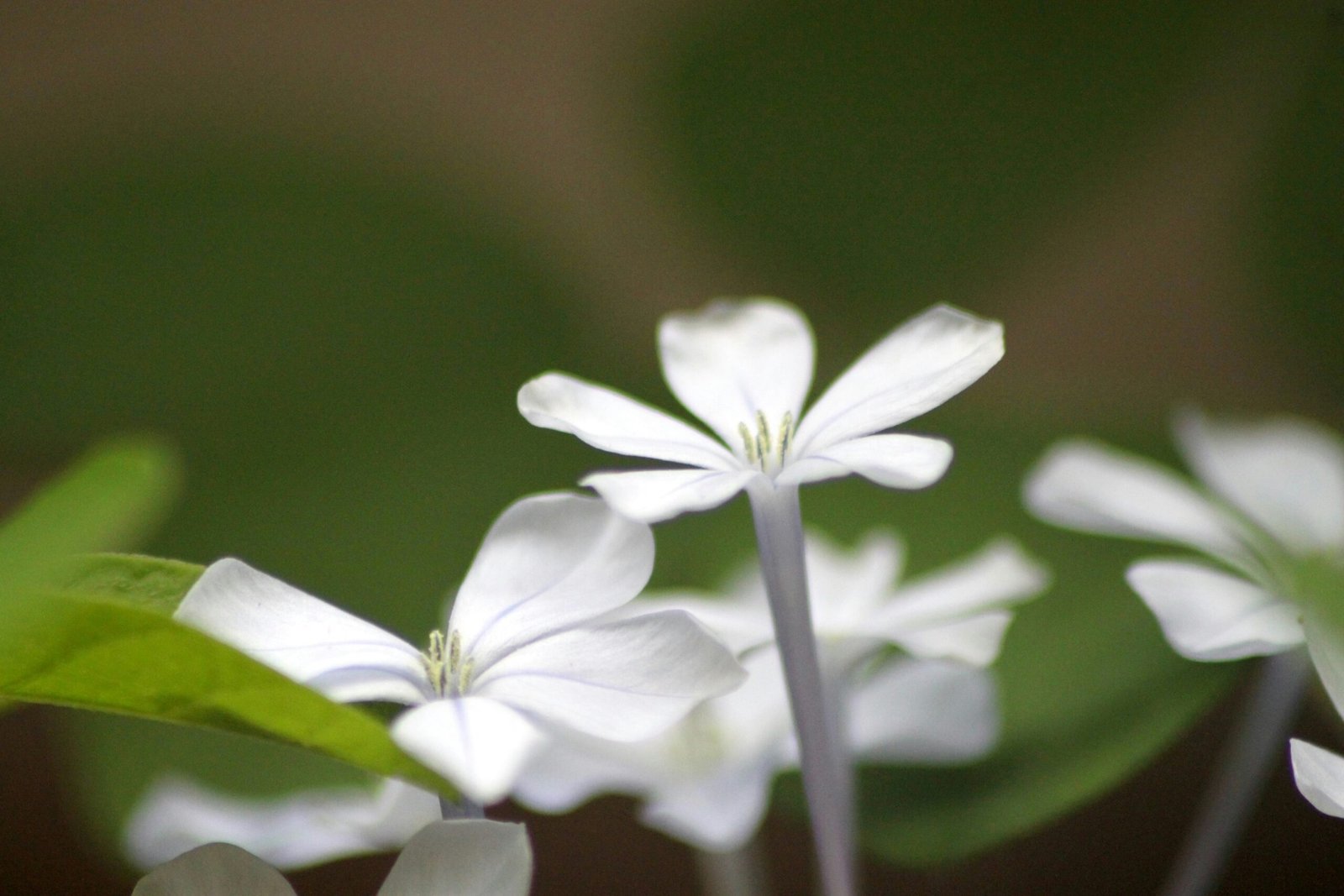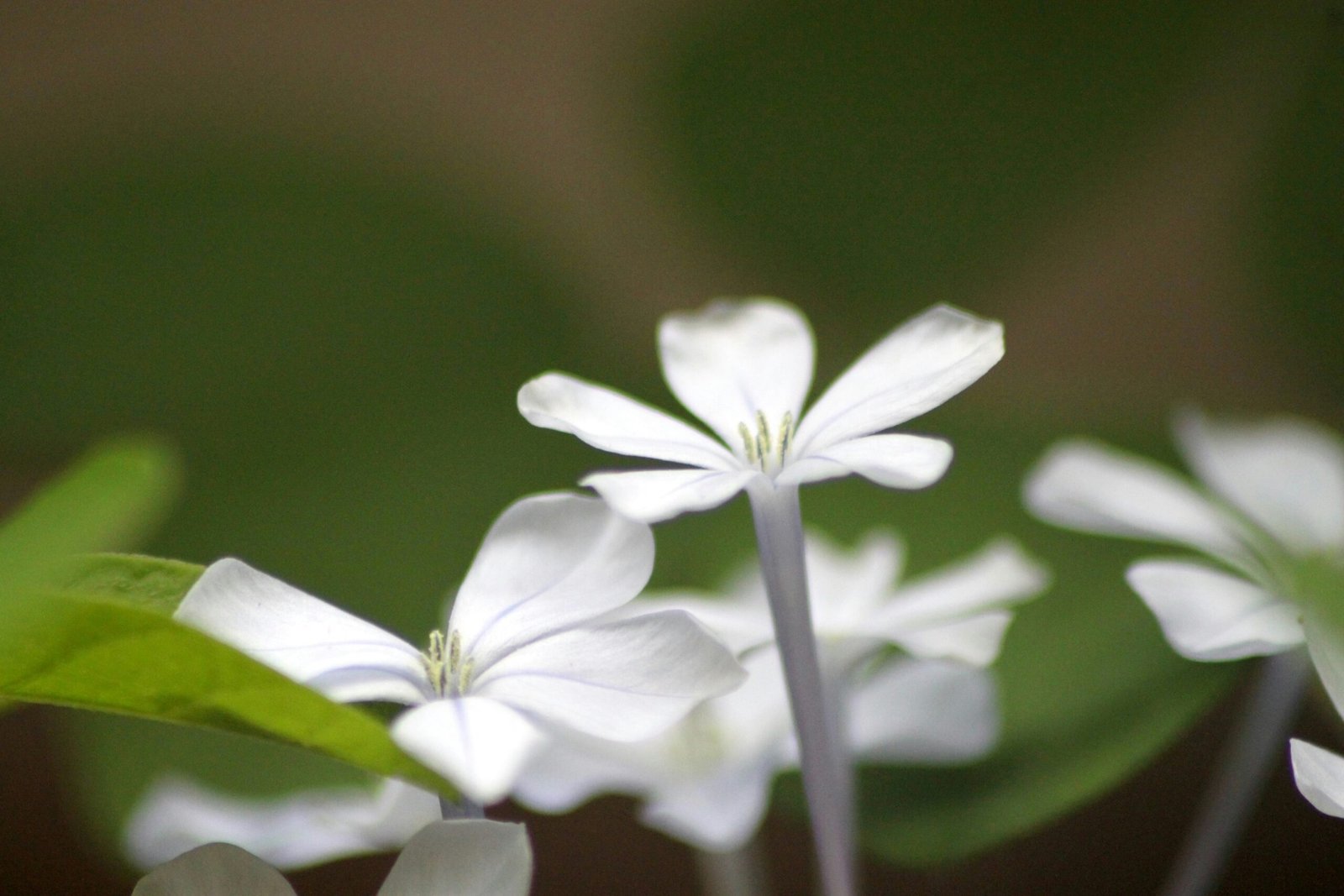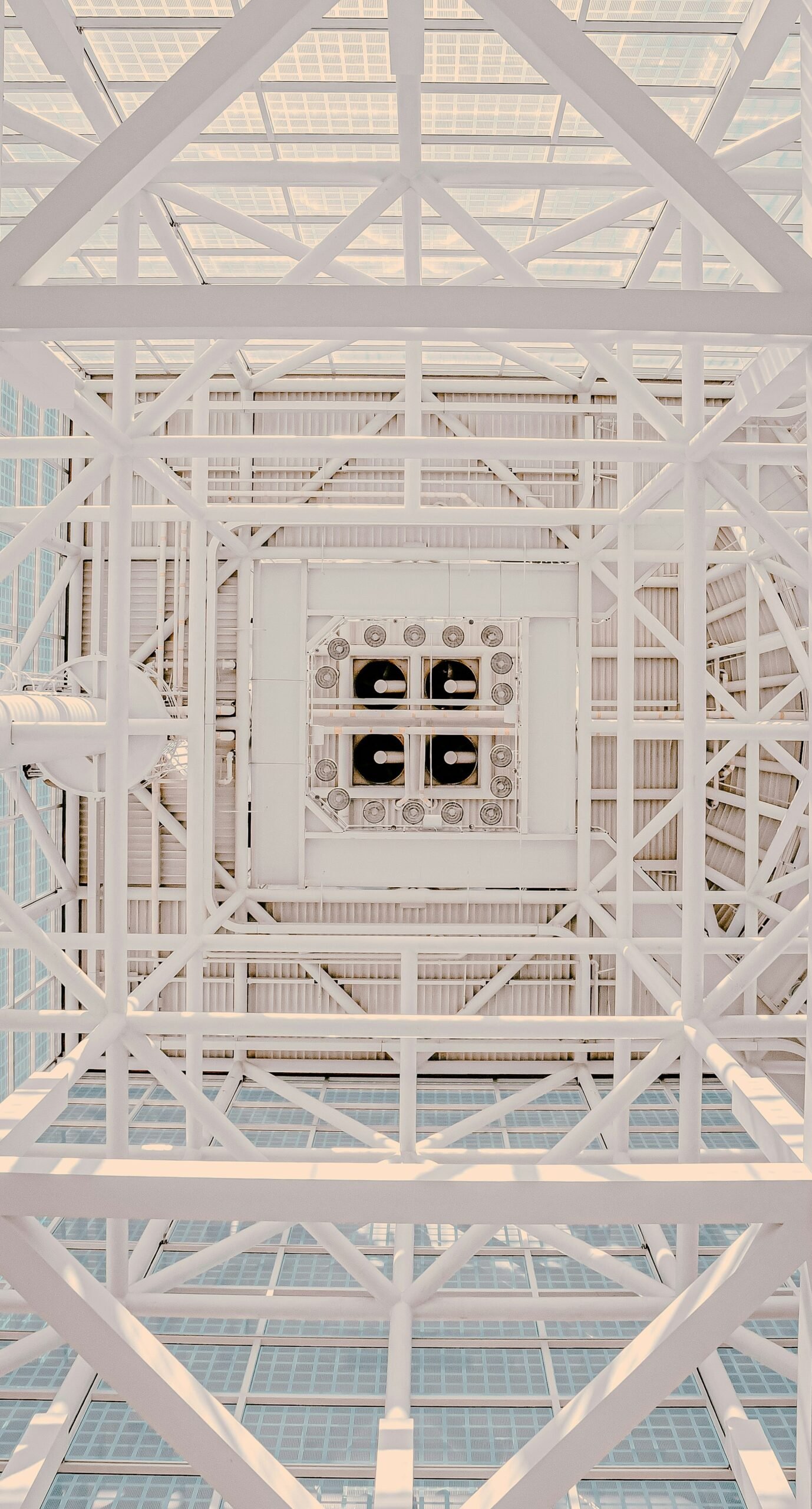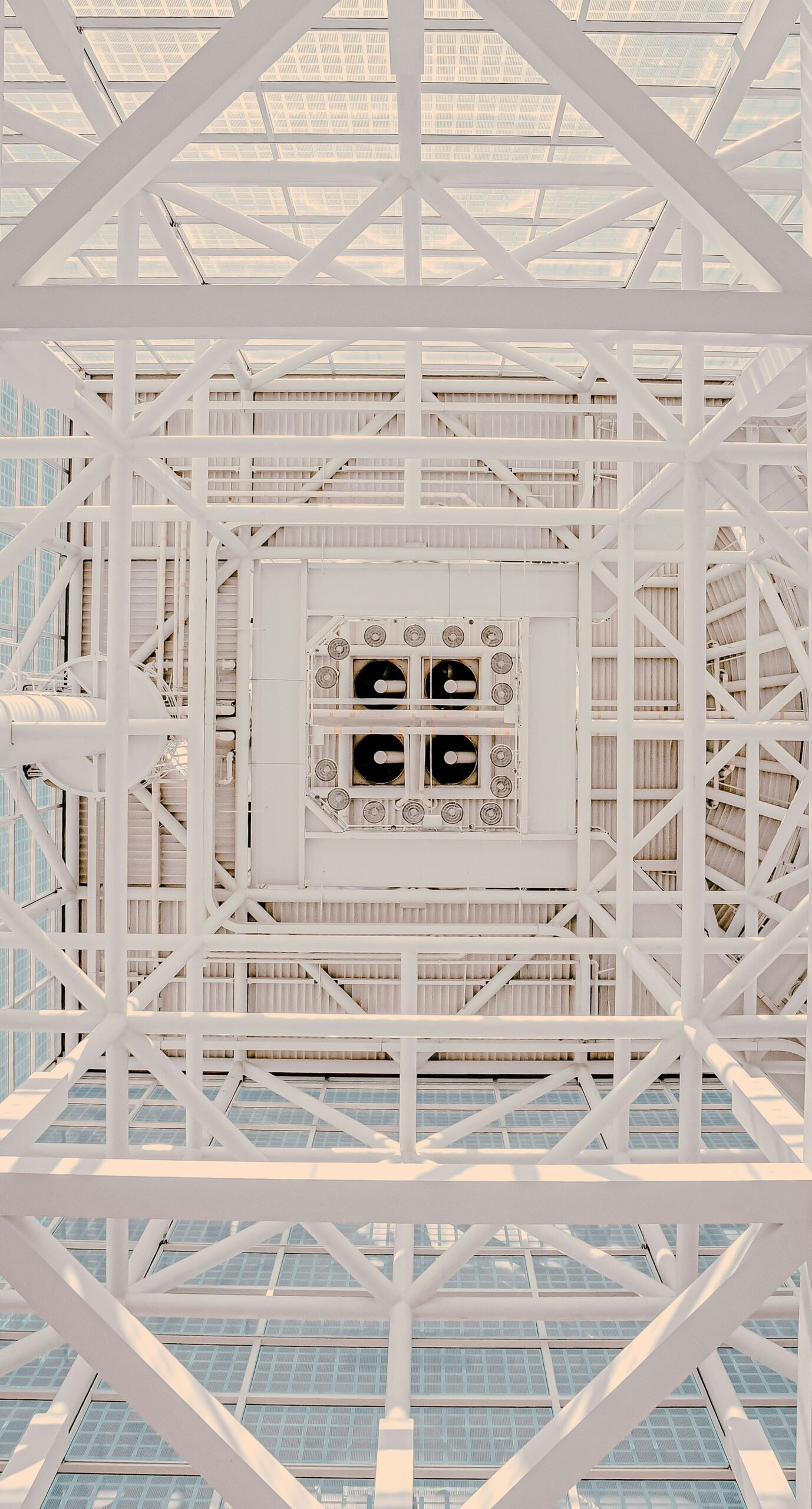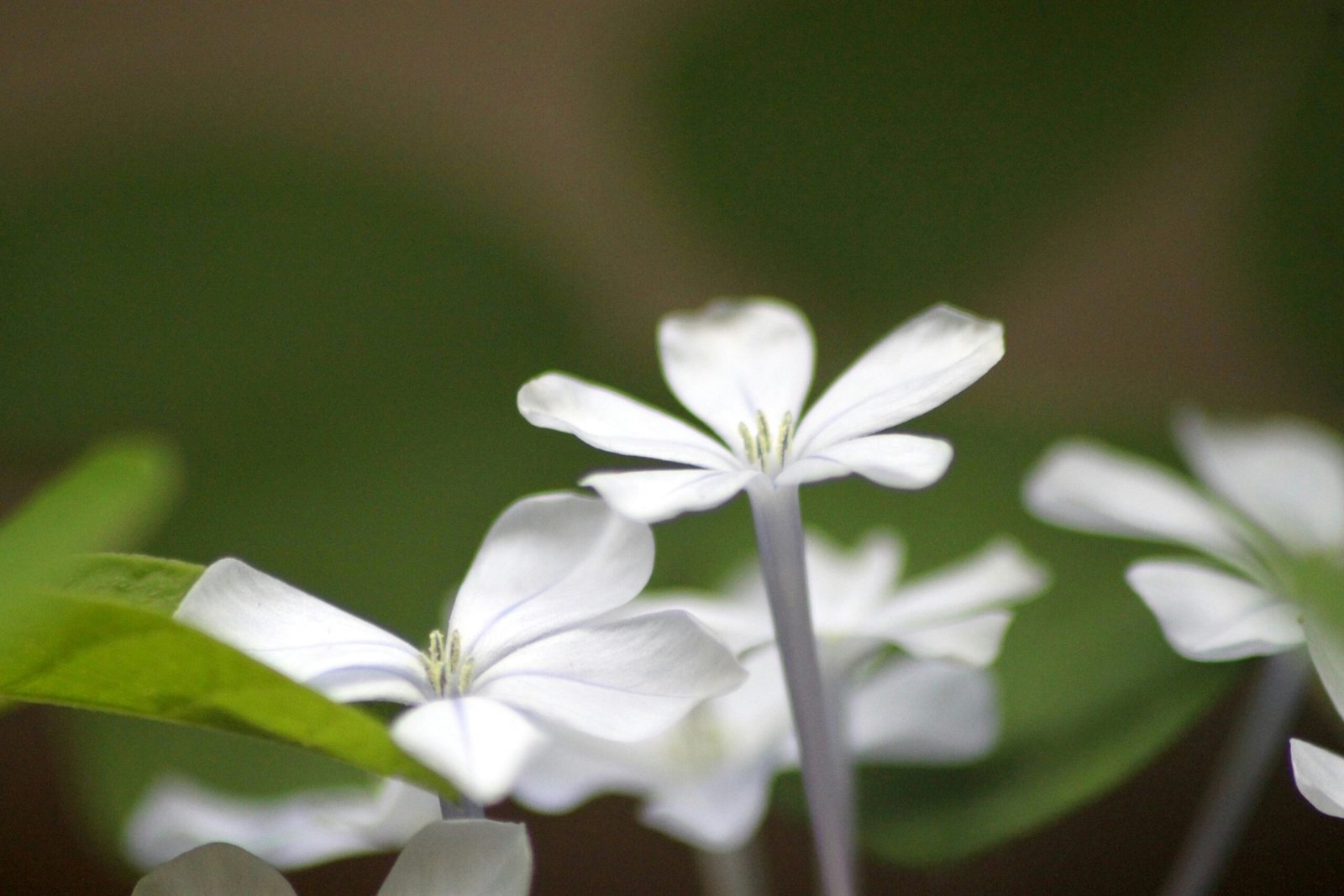Introduction to Crawlspace Encapsulation Crawlspace encapsulation is a home improvement process that involves sealing off the crawl space area beneath a building. This procedure aims to create a barrier between the soil and the interior of the home, effectively preventing moisture from infiltrating the space. The primary purpose of encapsulating a crawl space is to maintain a healthier environment within the home, as excessive moisture can lead to various problems, including mold growth, pest infestations, and structural damage. In regions with high humidity or frequent rainfall, crawlspaces are particularly susceptible to moisture accumulation, which can create an ideal environment for mold spores to flourish. Mold not only poses health risks to residents but can also compromise the structural integrity of the home over time. By effectively sealing the crawl space, encapsulation helps keep humidity levels in check, thereby reducing the likelihood of mold-related issues. Another significant advantage of crawlspace encapsulation is its ability to deter pests. Rodents and insects often seek shelter in damp areas, making encapsulated crawl spaces less attractive to these unwanted guests. Without access to moisture and organic material, pests are less likely to infest the area, thus contributing to a safer and cleaner living environment. Moreover, encapsulation plays a vital role in preserving the structural elements of a home. Moisture exposure can lead to the deterioration of wooden beams and joists, weakening the framework of the house. By mitigating excessive moisture levels, crawlspace encapsulation protects against such damage, leading to longer-lasting and more resilient structural integrity. Overall, crawlspace encapsulation is a proactive measure that enhances indoor air quality, prevents pest issues, and safeguards the home’s foundation, making it an essential consideration for homeowners looking to improve their property’s health and longevity. Sign #1: Excessive Moisture in the Crawlspace Excessive moisture in the crawlspace is often one of the clearest indicators that encapsulation is necessary. If you notice visible dampness or an accumulation of water, it is imperative to address this issue promptly. High humidity and moisture levels can lead to a plethora of problems, most notably mold growth. Mold thrives in damp conditions, and its presence not only affects indoor air quality but can also pose serious health risks to the inhabitants of the home. In addition to mold, constant exposure to moisture can result in wood rot, which weakens structural components such as beams and joists over time. Wood rot can be insidious, as it often goes unnoticed until significant damage has occurred. Furthermore, excessive moisture can lead to pest infestations, including termites and rodents, which are attracted to moist environments. These pests can exacerbate wood damage, leading to even more severe structural issues. Moreover, a damp crawlspace can significantly degrade the foundation of your home. The presence of water can erode soil and compromise the integrity of foundational support. This not only leads to costly repairs but can threaten the safety of the entire structure. Regularly inspecting your crawlspace and looking for signs of moisture is essential. If you notice water pooling, dampness on walls, or a musty smell, these are critical signs that encapsulation is needed to protect your home from further damage. In conclusion, addressing excessive moisture in the crawlspace is vital for ensuring the longevity of your property. Implementing encapsulation can provide a barrier against moisture, thereby protecting your home from mold, wood rot, and other associated issues. Sign #2: Mold and Mildew Presence The presence of mold and mildew in a crawlspace is a significant indicator that encapsulation is urgently needed. Mold, a type of fungus, thrives in damp and humid environments, making crawlspaces prime candidates for its growth. Similarly, mildew, a form of mold that often appears as a powdery or fuzzy covering, can easily develop in poorly ventilated and moisture-laden crawlspaces. Both mold and mildew can proliferate rapidly, especially in environments where moisture levels remain consistently high. From a health perspective, the presence of mold and mildew poses considerable risks to occupants. Exposure to mold can trigger allergic reactions, respiratory issues, and even serious health complications in individuals with pre-existing conditions. Symptoms such as coughing, sneezing, skin irritation, and eye discomfort are common reactions to mold spores. More severe effects can include chronic respiratory conditions, especially in vulnerable populations, such as children and individuals with weakened immune systems. Encapsulation of the crawlspace is a vital solution that addresses the underlying issue of moisture accumulation, which is the primary catalyst for mold and mildew growth. By sealing off the crawlspace from the external environment, homeowners can significantly reduce humidity levels, creating an inhospitable environment for mold spores. Furthermore, encapsulation typically involves the installation of vapor barriers and dehumidifiers, which work synergistically to maintain optimal moisture levels, thus preventing mold resurgence. Recognizing the signs of mold and mildew early and acting promptly through encapsulation can help safeguard the health of your household and the structural integrity of your home. It is essential for homeowners to conduct regular inspections of their crawlspaces, as addressing mold and mildew infestations in their nascent stages is crucial for effective remediation. Sign #3: Unpleasant Odors One of the most concerning signs indicating that your crawlspace may need encapsulation is the presence of unpleasant odors. These foul smells often stem from moisture accumulation, which creates an environment that is conducive to mold growth and decay. When organic materials, such as wood, are exposed to excess moisture, they can begin to rot, leading to musty and rancid odors that can permeate your home. Odors in your home, particularly those that have a damp or moldy quality, should never be ignored. They are often the first indication of underlying issues within the crawlspace. A crawlspace that is not properly encapsulated can trap humidity and allow for stagnant air, which aggravates mold and mildew proliferation. This not only leads to unpleasant sensory experiences but also poses significant health risks, particularly for individuals with respiratory issues or allergies. Proper crawlspace encapsulation can effectively mitigate these odors. By sealing off the space from outside air and moisture ingress, encapsulation creates
